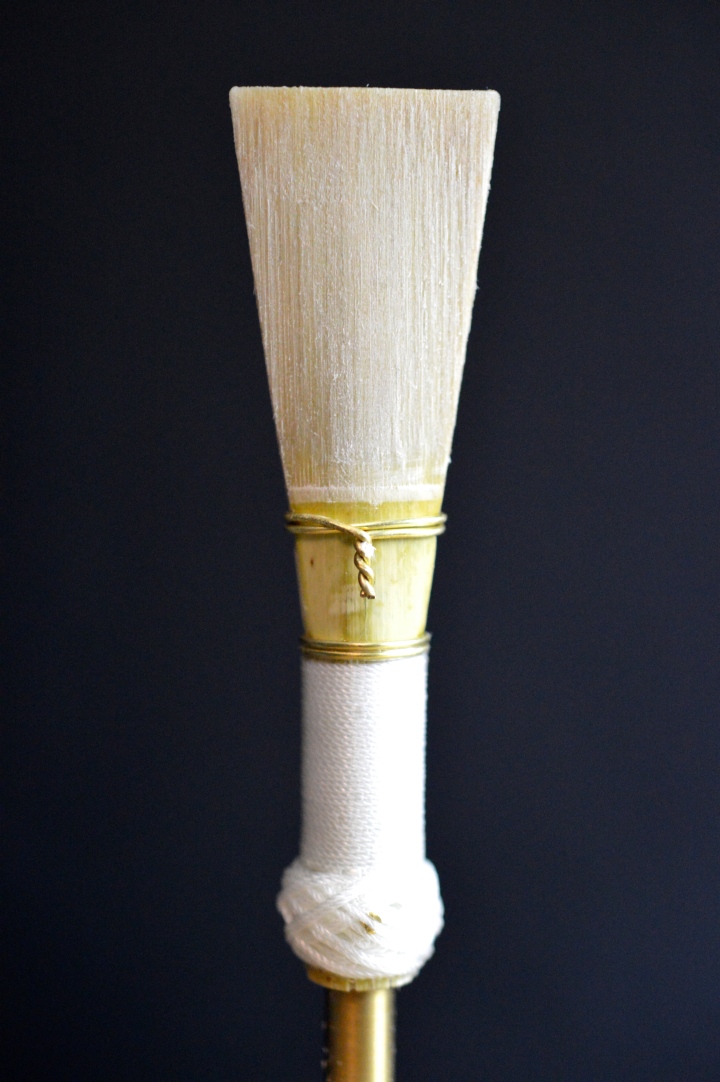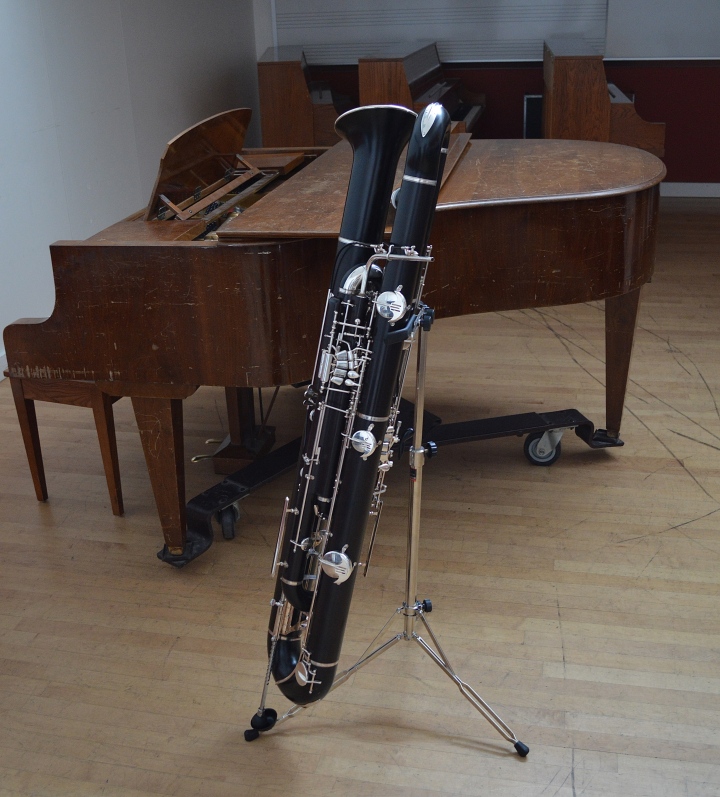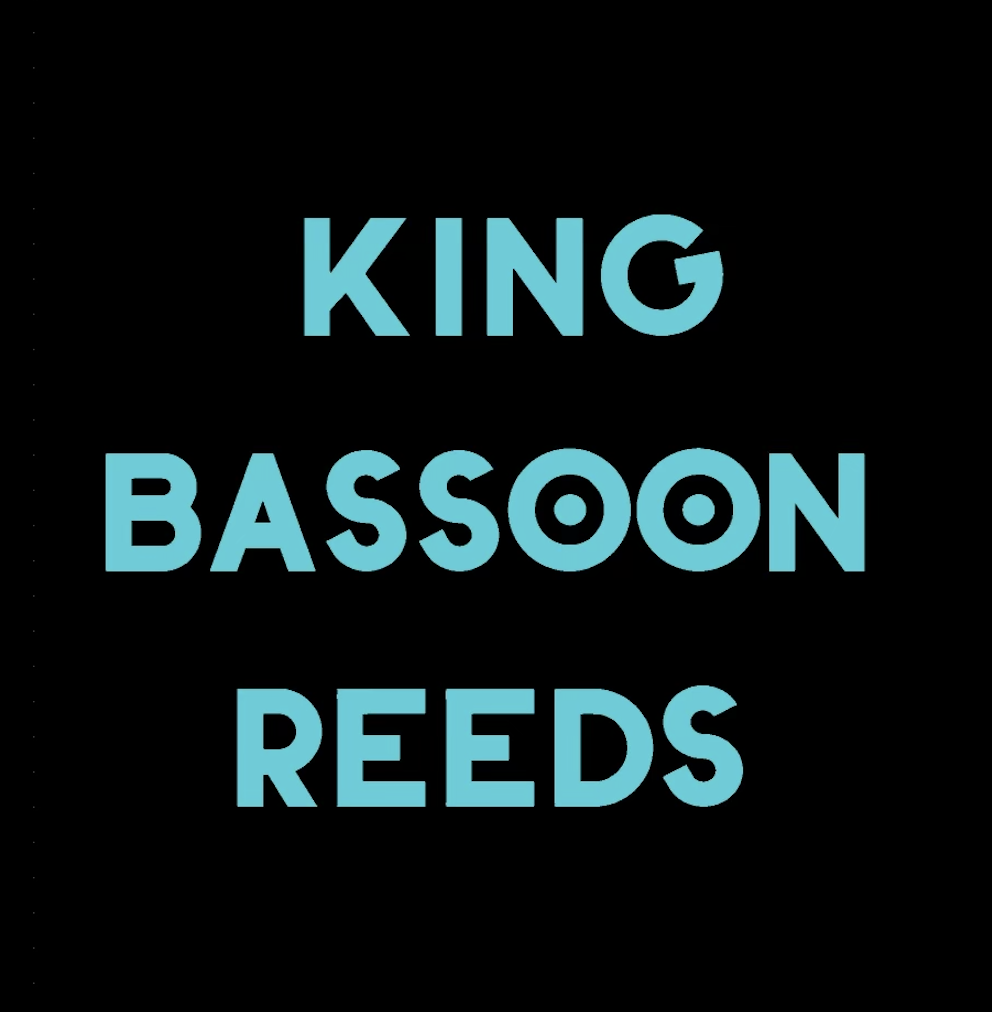This is mostly only going to interest me, I just got a contraforte gig bag. The case that the CF came in is a large aluminum travel case and I have been trying to get a gig bag for a few months. I tried to do some research into this gig bag; not only are there no pictures anywhere, it is not listed on the Wolf website. I was lucky enough to buy this through Midwest Musical Imports, who is the only Wolf distributor in the U.S. So here are the two cases..
The aluminum travel case is similar to what Maurice Rouillard makes at rouillardcases.com in Canada. However this case has rotating closures and wheels. The firm foam holds the CF in place, there are interior pouches for bocals and small accessories. This has been a great case but it is very large and heavy, I don’t need it for everyday use.
I just received the contraforte gig bag this week and so far it has been very easy to commute with. It has very thick interior padding and is lined with felt. The exterior has a music pouch, accessories pouch and backpack straps. The case does not have interior bocal storage so I’ve been keeping the bocal in an extra Fox bocal box in the front.





















